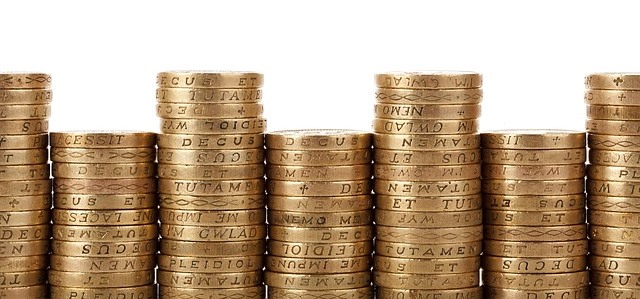This has been reposted, with kind permission from the author and the Wellcome Trust.

What’s it worth, a report published today in BMC Medicine, is one of the first ever estimates of the economic gains from investment in publicly funded UK cancer research. The research was commissioned by the Wellcome Trust, Academy of Medical Sciences, Cancer Research UK and the Department of Health. Liz Allen, Head of Evaluation at the Wellcome Trust, argues the case for investing in medical research…
Bill Clinton achieved a lot in the White House. He presided over the longest period of peacetime economic growth in American history, he signed the North American Free Trade Agreement, and he was the first Democrat since FDR to win re-election. Yet when asked last month to recall his greatest accomplishment, he chose none of these things. The best thing he did as President, he told the Inclusive Capital Conference in London this year, was spending $3bn on the Human Genome Project.
The pride of place that Clinton gives to the sequence of humanity’s genetic code derives in large part from the way it has already contributed to great advances in treating cancer and rare inherited conditions, and the promise of personalised medicine. Its contribution to health, however, was not the reason he gave. He was proudest of the genome’s role in generating an entirely new industry that has become a fresh source of economic growth. That $3bn investment, by governments and charities, has brought a vast return: more than $180 billion, Clinton said, is now invested in genome companies in the US alone.
Much of that return has its foundations in British investment in genomics, and work by British scientists and the Wellcome Trust Sanger Institute. A good example is Solexa, a sequencing technology company spun out of research by Shankar Balasubramanian and David Klenerman in the mid-90s, which sold for $600 million in 2006.
Similarly, research by Mike Stratton at the Wellcome Trust Sanger Institute and Richard Marais at the Institute of Cancer Research led to the discovery of an unexpected target for drug therapy, mutations in a gene called BRAF present in malignant melanoma. The research resulted in the pharmaceutical giant Roche developing Zelboraf, a drug targeted against BRAF mutations which is now widely available to patients with advanced melanoma.
The money invested in sequencing the human genome is an example of how, when we invest in medical research, we win twice over. We make discoveries that improve human health, but we also make a substantial financial return.
Research published today in BMC Medicine provides the latest evidence that there is a strong economic argument for continuing this investment. The authors estimate that for every pound invested in cancer-related medical research there is a direct economic return of 10 pence year on year, far in excess of the UK Government’s stated minimum threshold of 3.5 pence per pound for investments.
On top of that, there is an estimated additional 30 pence of yearly return per pound in ‘spillover’ benefits, the indirect positive financial impact of public and charitable research investment – including increasing employment and leveraging private sector R&D activity. All in all, the study claims a weighty 40 pence return for every pound spent on medical research.
The research also highlights that health and economic benefits take time to come to fruition- 15 years on average – and we must invest with an eye on the long term. For every breakthrough, there are false starts and incremental, less startling findings, but they’re equally part of the process of science and we should be open about them. Funding is not the only ingredient needed to achieve results; curiosity, risk taking, persistence and some serendipity are just as vital.
Take the example of IVF. Pioneering research in the early 1960s by British scientists Robert Edwards and Patrick Steptoe led to the successful delivery of the first test tube baby, Louise Brown, in Oldham in 1978. Since Louise, there have been more than five million babies born using IVF technology around the world. In the UK alone the IVF industry is worth an estimated £500 million.
Another success story is monoclonal antibodies – the basis for a class of drugs that treat everything from breast cancer to cardiovascular disease to psoriasis. The industry was recently valued at £250 billion, but the breakthrough in the science came in the late 1970s on the back of Medical Research Council-funded research in Cambridge by Greg Winter.
In sum, medical research is that rarest of beasts in public spending – a genuine investment that can almost be guaranteed to pay off over time, in wealth as well as health. We don’t know where the next discovery will come from, but spending money on our intellectual infrastructure now ensures that the research system will continue to produce a return 15 or 20 years from now.
As all the parties plan their manifestos for a parliamentary term that will surely include continuing austerity measures, a decision to cut back investment in medical research would be a terrible mistake. And a truly false economy.
You can read more about the Wellcome Trust’s involvement with the ‘What’s it worth?’ report on their website, and you can find out more about the report published today in our guest post from Cancer Research UK.
Comments